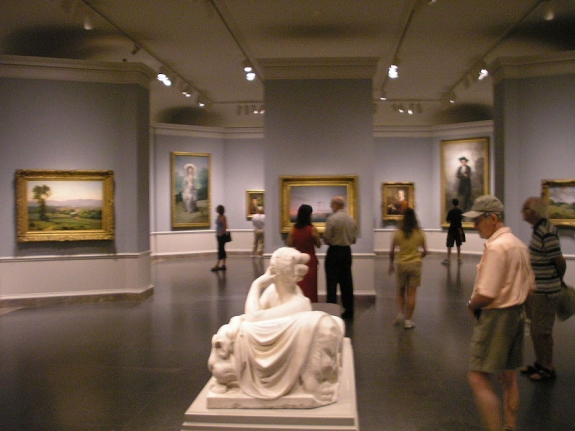Billions of dollars in arts funding is serving a mostly wealthy, white audience that is shrinking while only a small chunk of money goes to emerging art groups that serve poorer communities that are more ethnically diverse, according to a report being released Monday.
The report from the Washington-based National Committee for Responsive Philanthropy, a watchdog group, shows foundation giving has fallen out of balance with the nation's increasingly diverse demographics. The report was provided to The Associated Press before its release.
A large portion of funding goes to more traditional institutions such as major museums, operas and symphonies. But recent surveys show attendance at those institutions is declining, while more people are interested in community-based arts groups.
"We've got the vast majority of resources going to a very small number of institutions," said Aaron Dorfman, executive director of the National Committee for Responsive Philanthropy. "That's not healthy for the arts in America."
According to the study, the largest arts organizations with budgets exceeding $5 million represent only 2 percent of the nonprofit arts and culture sector. Yet those groups received 55 percent of foundation funding for the arts in 2009. Only 10 percent of arts funding was explicitly meant to benefit underserved populations. However, the study's author acknowledged the report may not account for every dollar granted to help reach diverse audiences at larger institutions.
The study is meant to encourage funders to provide grants for a broader range of groups so programs can be more relevant and effective.
Otherwise, the "pronounced imbalance restricts the expressive life of millions of people," the study said.
The study cites 2010 census data that shows non-white populations have grown in every region of the country since 2000, adding that "our population never has been so diverse." More than a third of the country is comprised of people of color. In four states, white people are no longer the majority.
But philanthropy hasn't kept pace with the change.



